Church of San Giovanni Fuorcivitas
The Church of San Giovanni Evangelista, known as San Giovanni Fuorcivitas, is a significant Romanesque complex in Pistoia’s city center.
The name “Fuorcivitas” indicates its location outside the city walls during its Lombard foundation.
Rebuilt in the 12th century after severe damage, the church features a long single-apsed hall and a cloister that once housed a college of canons. Its stunning white and green marble facade and architectural beauty reflect the city’s rich medieval heritage.
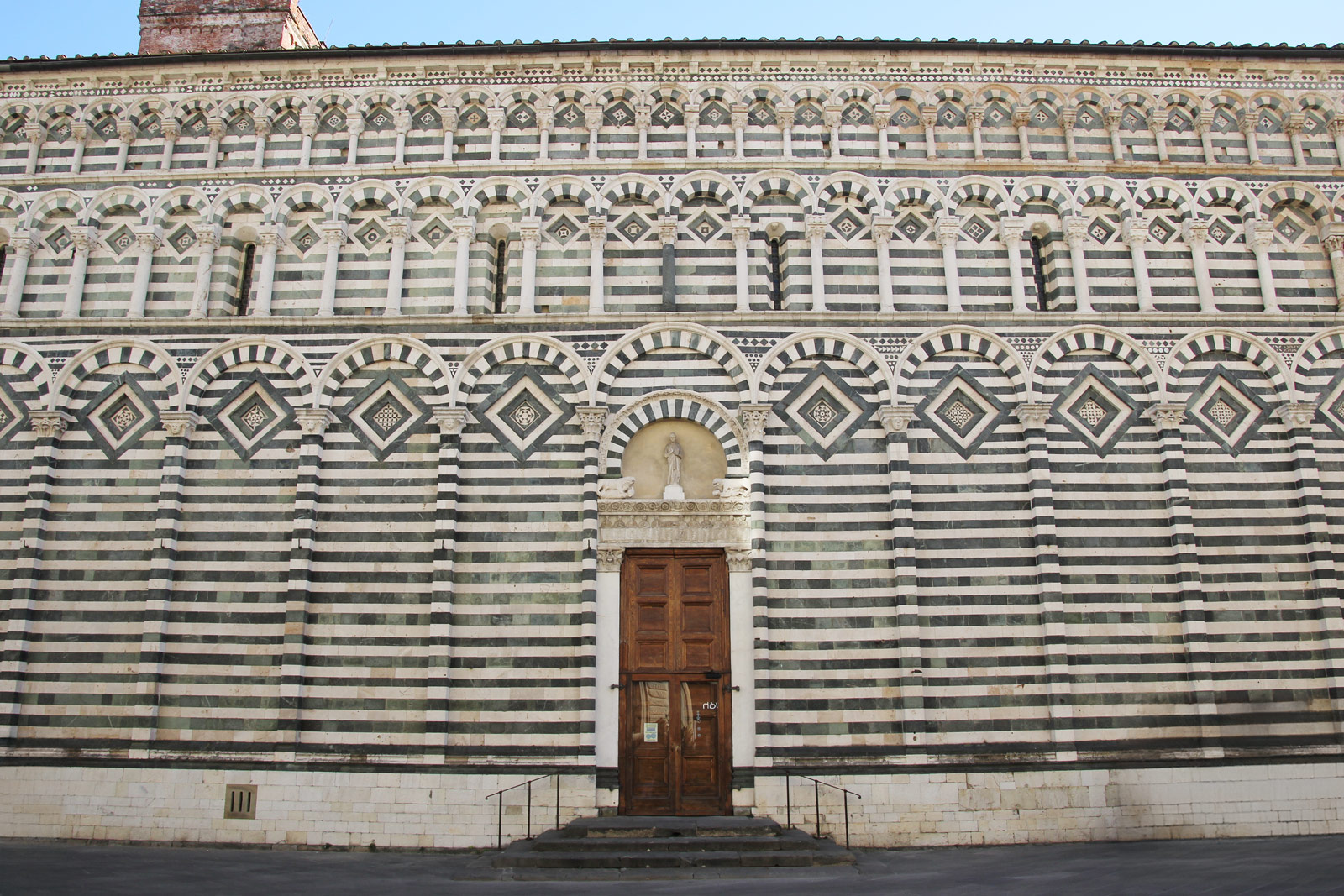
The Pulpit of Fra Guglielmo da Pisa in San Giovanni Fuorcivitas
Created between 1270 and 1275, this marble pulpit is celebrated for its intricate carvings and detailed biblical scenes, which demonstrate the artistic transition from Romanesque to Gothic styles. The pulpit is supported by columns, including one held by a figure of a man, symbolizing the weight of the divine word.
The Acquasantiera by Giovanni Pisano
The Acquasantiera, which translates to “Holy Water Stoup” in English, is a beautifully sculpted basin used for holding holy water for baptismal rites. Crafted from marble, this artwork combines both functional and decorative elements, showcasing Pisano’s skill in blending art with religious practice.
The stoup is adorned with intricate reliefs and carvings that reflect Pisano’s attention to detail and his ability to convey complex narratives through sculpture. The basin is characterized by its elegant and elaborate design, featuring a series of detailed biblical scenes and motifs.
Map
Booking in Pistoia
Related Posts
The Museo del Novecento, located in the historic Palazzo Fabroni in Pistoia, is a dynamic cultural space dedicated to 20th-century[…]
The Fortezza di Santa Barbara, an imposing fortress in Pistoia, is a remarkable testament to the city’s rich historical and[…]
The Battistero di San Giovanni in Corte is one of the most significant religious and historical landmarks in Pistoia, Tuscany.[…]
The Palazzo del Comune, also known as the Palazzo degli Anziani, is one of the most significant historical buildings in[…]
The Church of Sant’Andrea Apostolo, also known as the Pieve di Sant’Andrea, is one of the most historically significant and[…]
The Cathedral of San Zeno, a historic gem in Pistoia, has roots tracing back to at least 923.
Renowned[…]
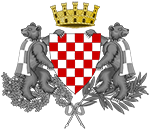
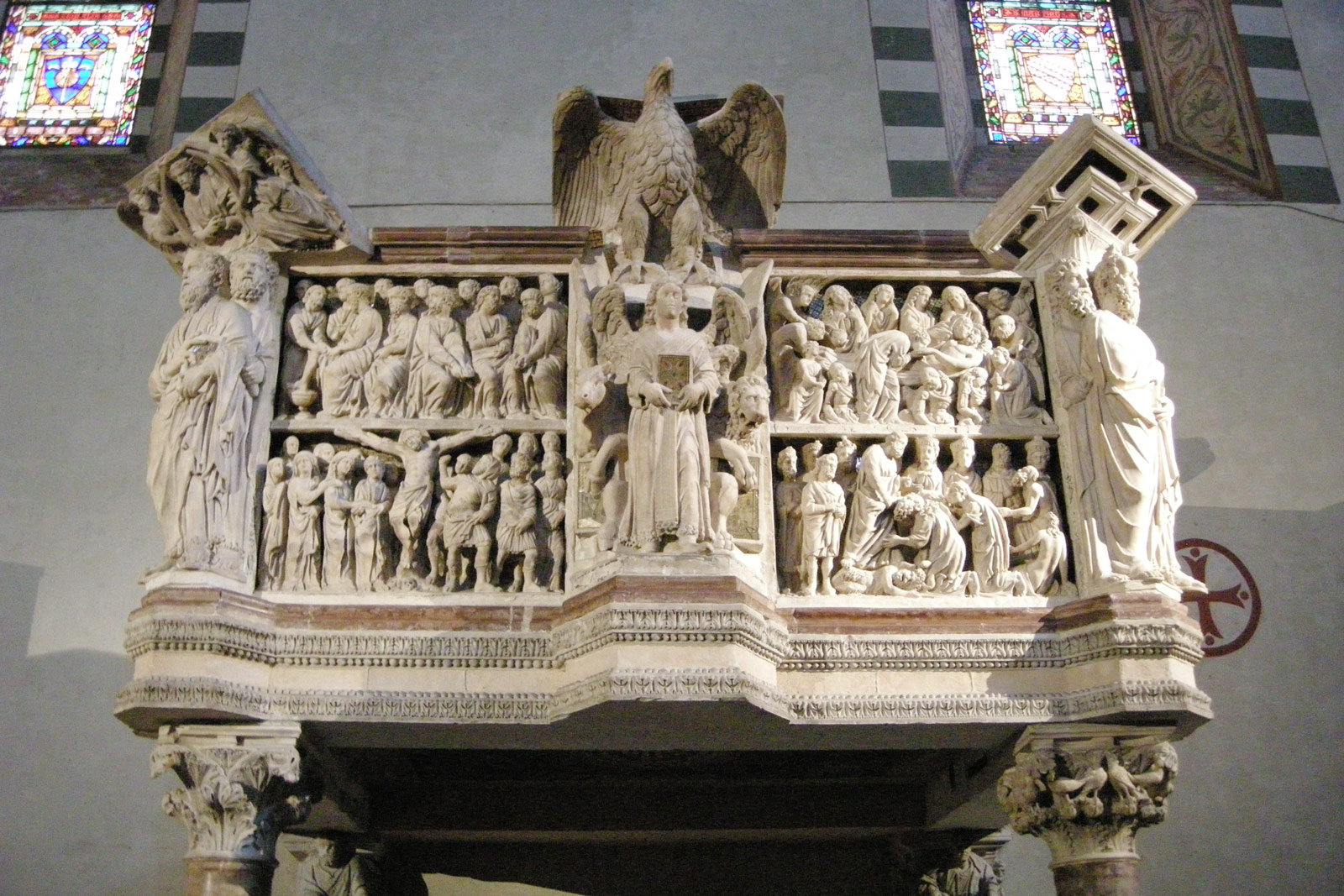
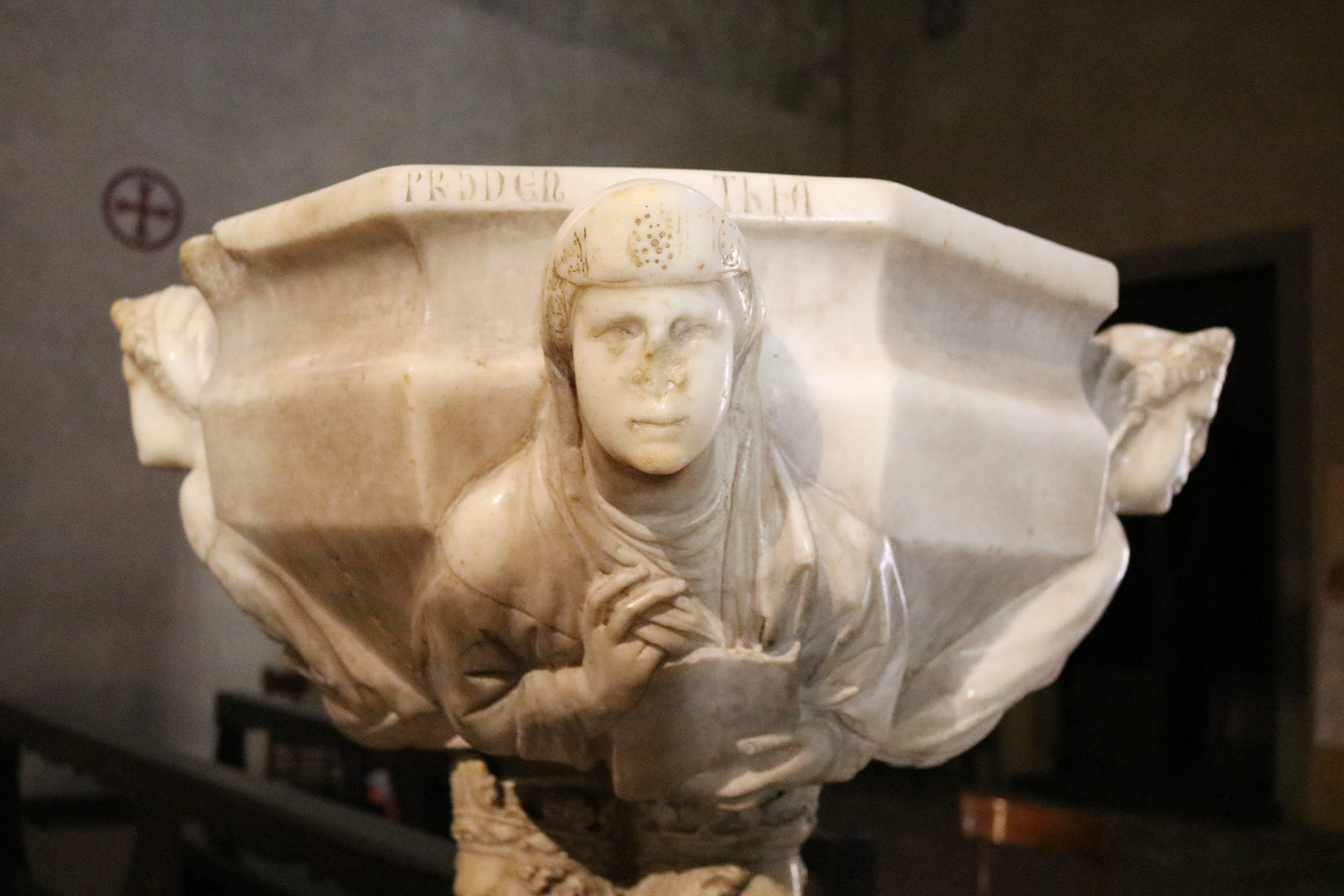
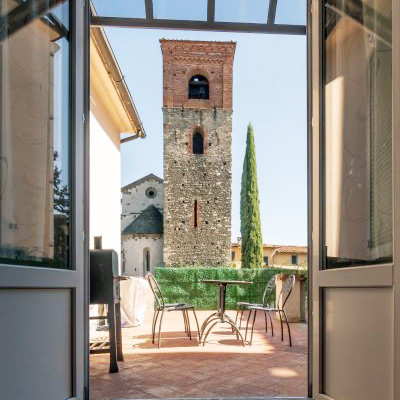
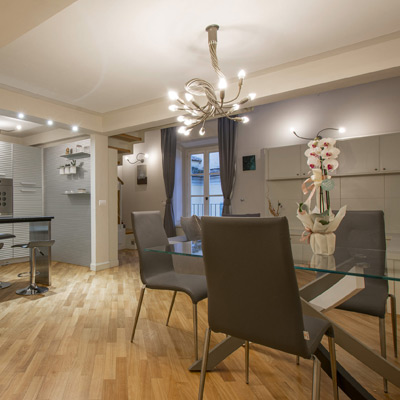
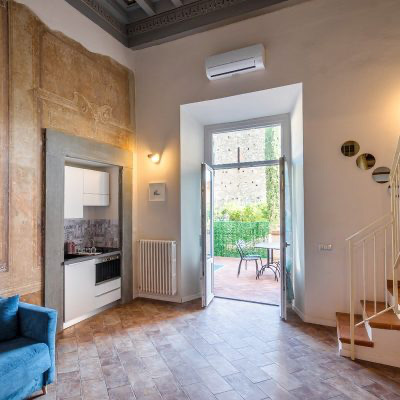
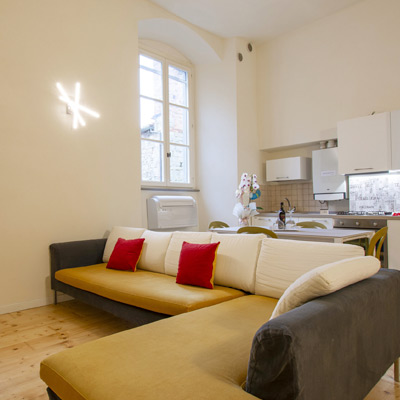
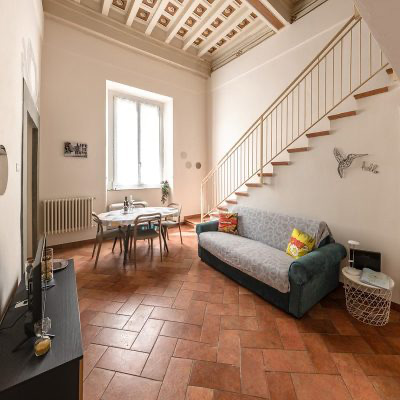
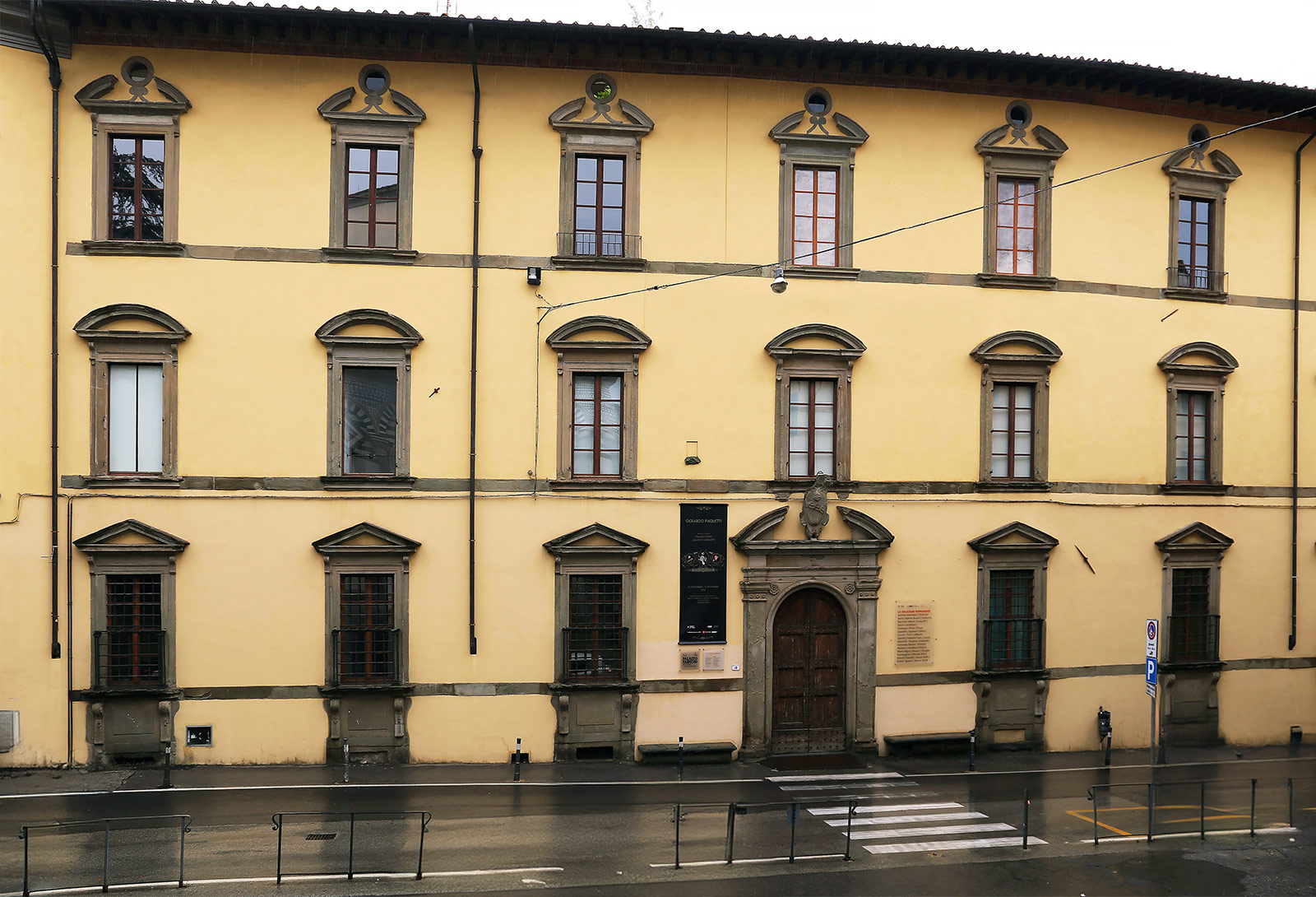
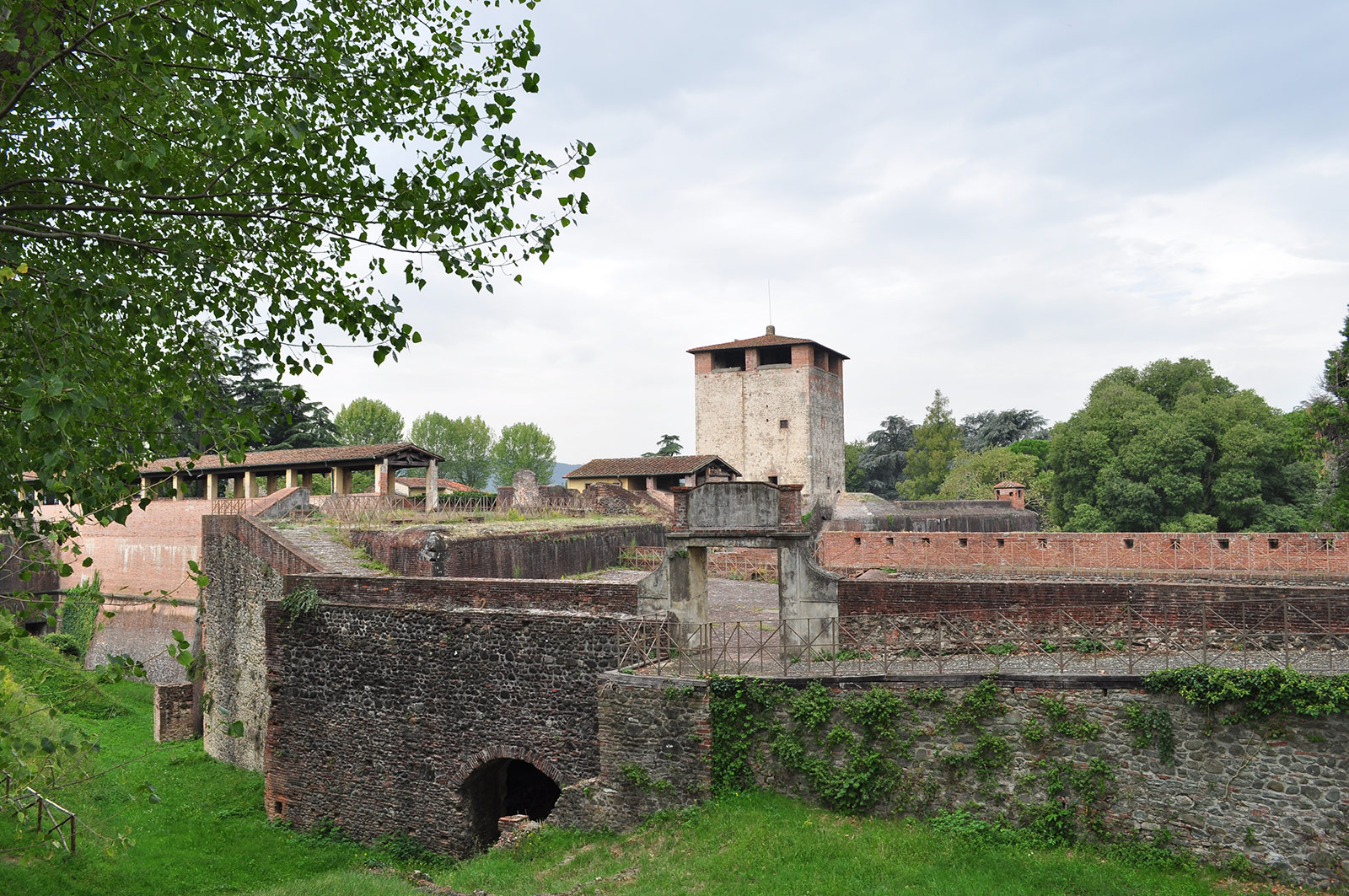
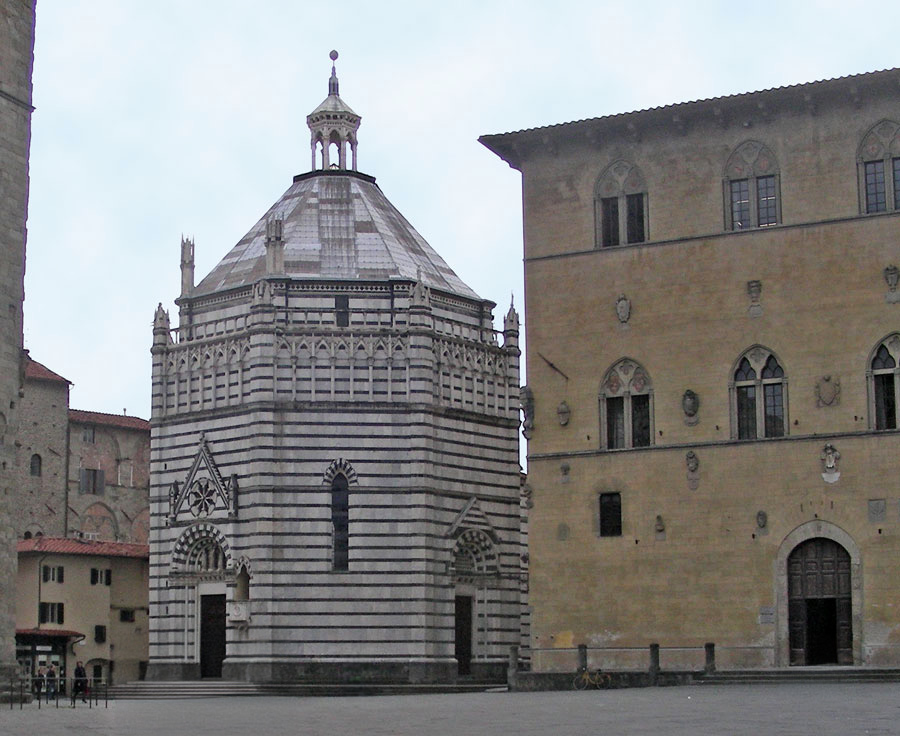
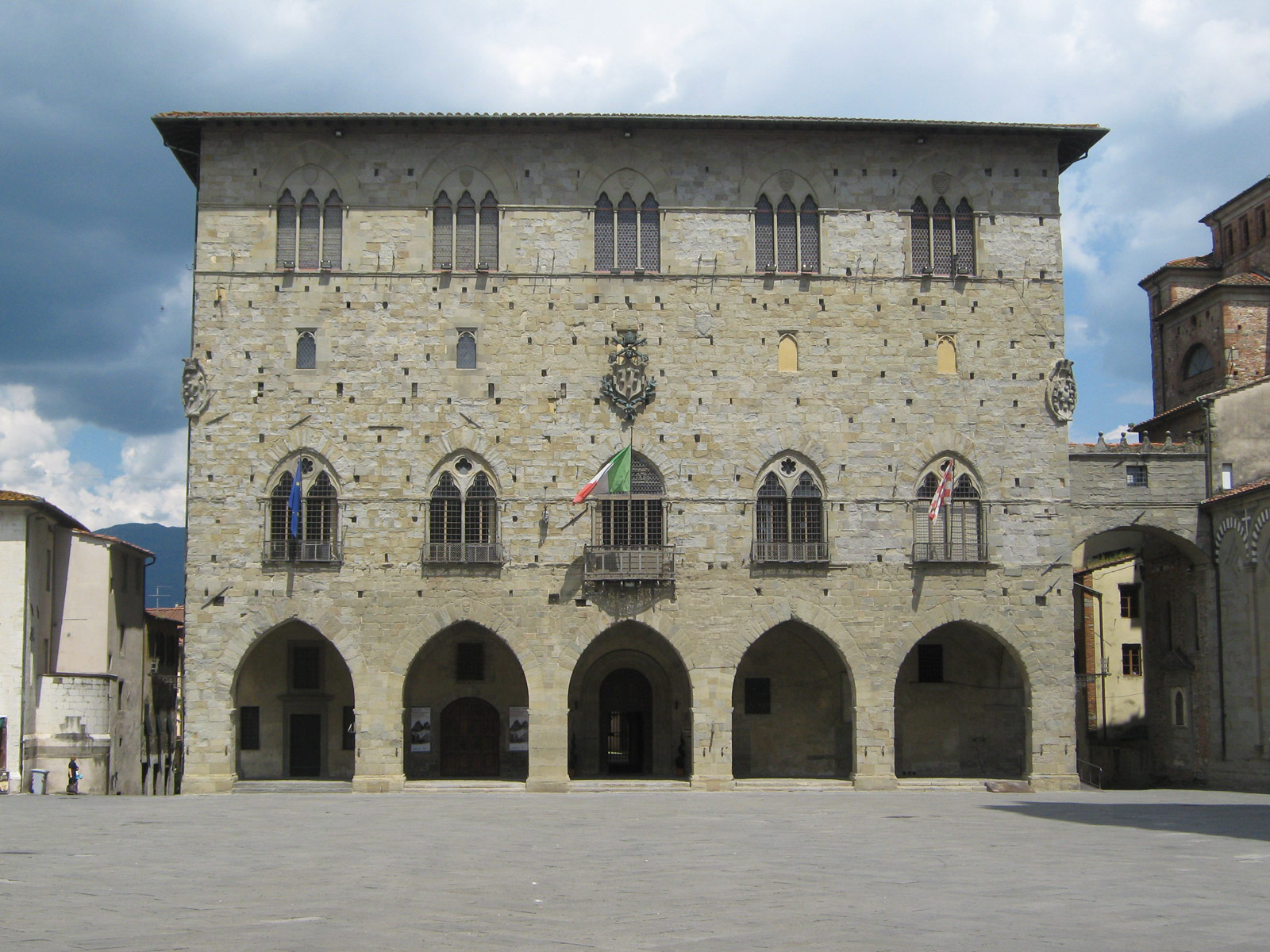
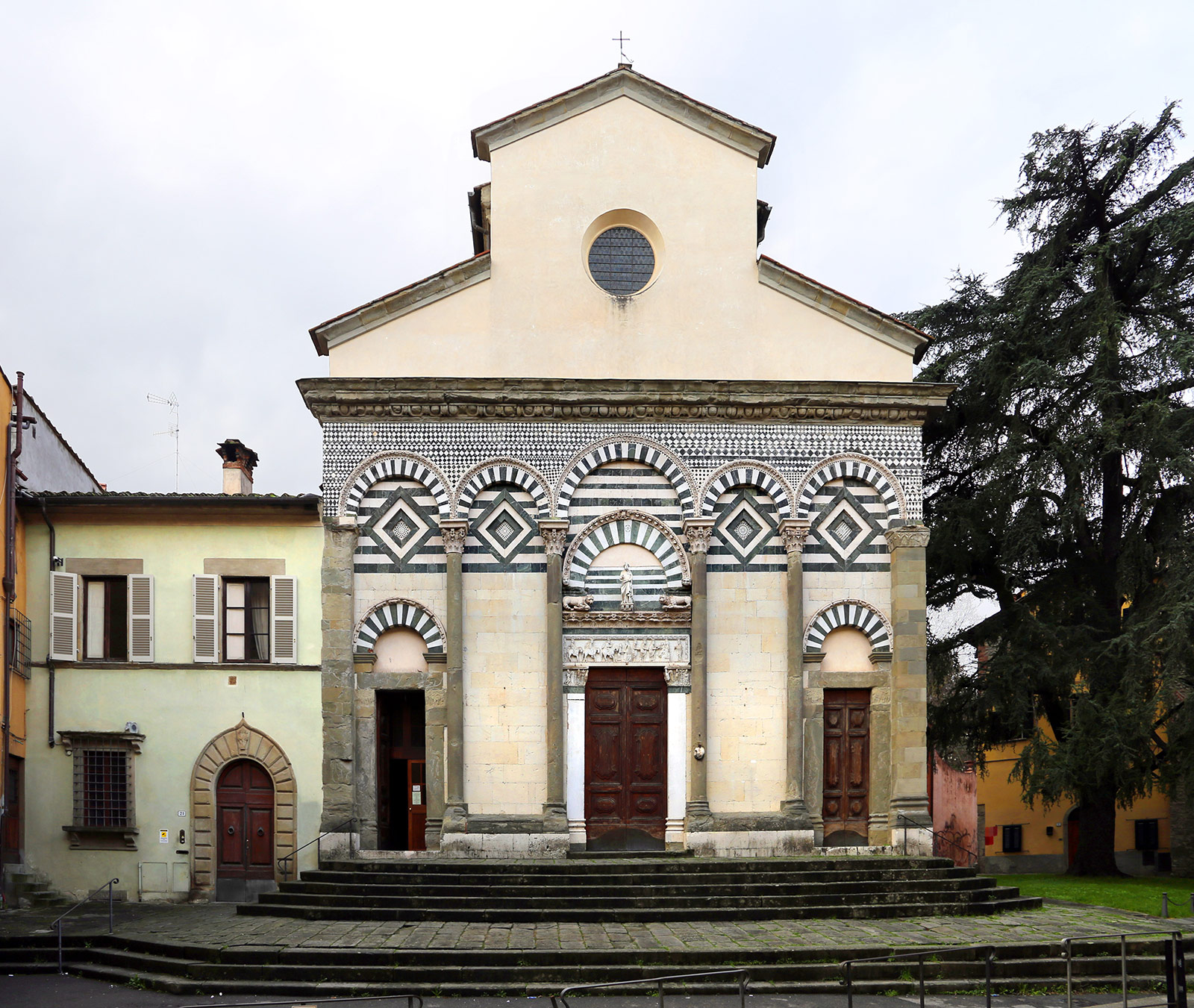
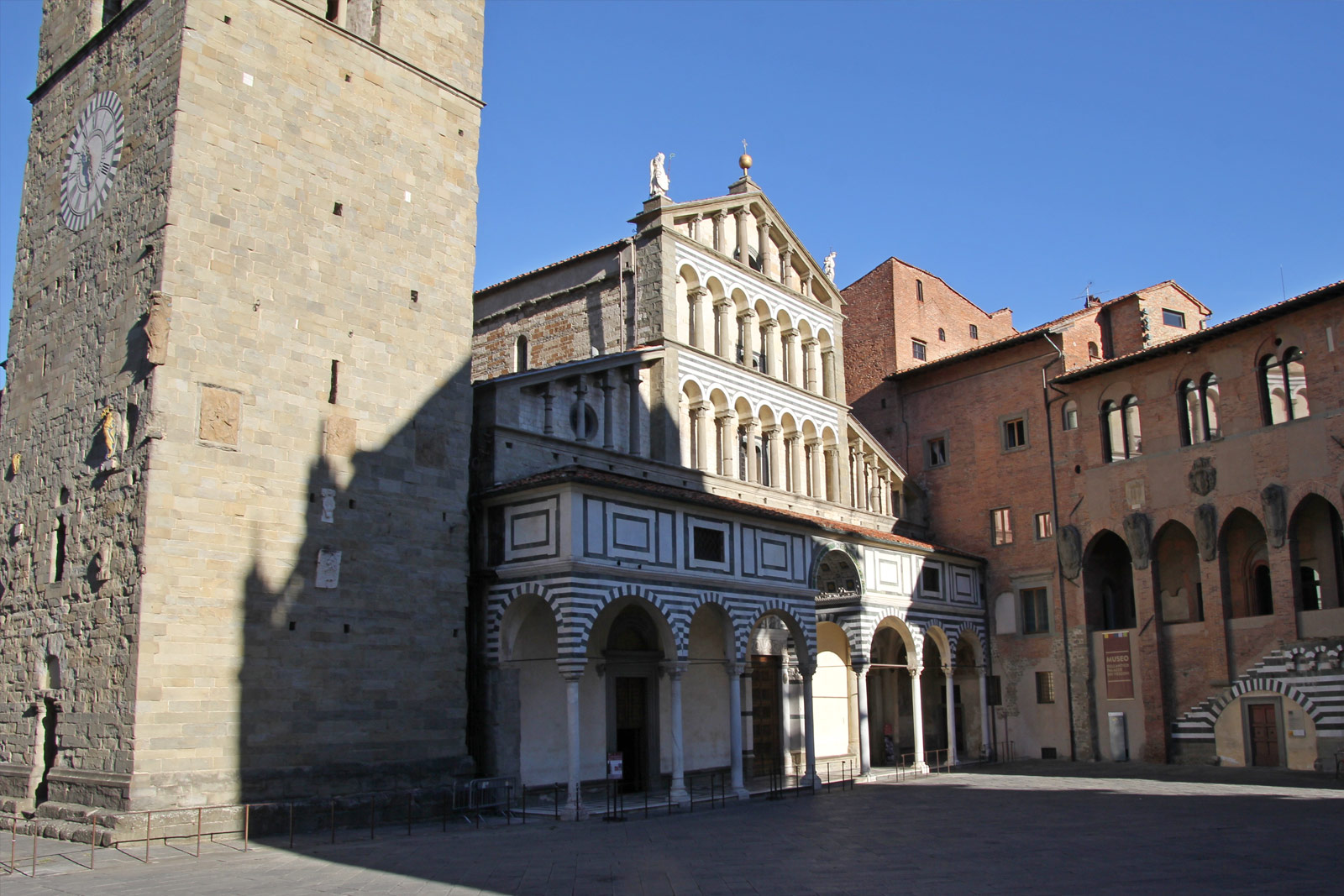
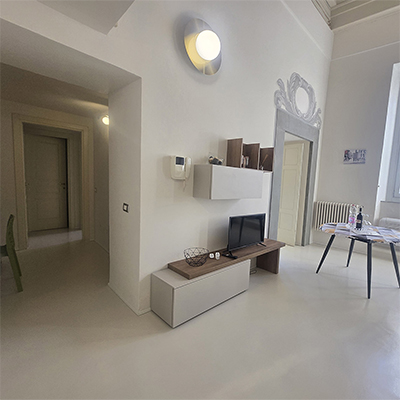



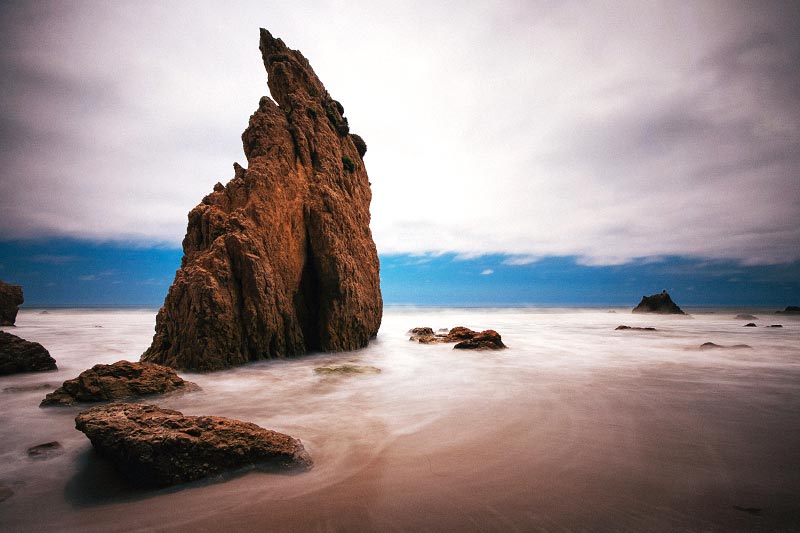


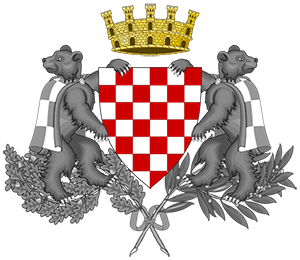
Keep In Touch